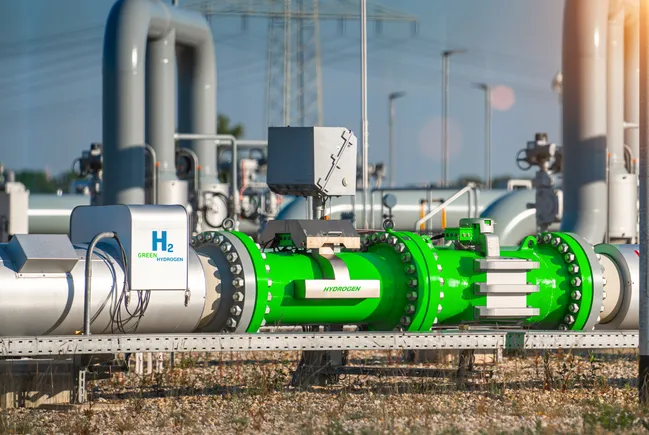The Hydrogen Revolution: Transforming Heavy Industries for a Sustainable Future
Key Ideas
- Replacing fossil fuels with renewable energy in hard-to-abate industries like steel and cement is essential for combating climate change.
- Hydrogen is emerging as a key player in decarbonizing heavy industrial processes due to its efficacy in reducing greenhouse gas emissions.
- Pioneering projects like the HYBRIT® plant in Sweden and CEMEX's hydrogen adoption in cement production showcase the growing momentum towards sustainable practices.
- The future of steel and cement production is shifting towards hydrogen as a more cost-effective and environmentally friendly alternative to traditional methods.
The urgent need to combat climate change by transitioning to renewable energy sources is highlighted in the discussion about transforming heavy industries like steel and cement production. The article emphasizes the importance of replacing fossil fuels with sustainable alternatives, particularly in challenging sectors such as steel, cement, and chemicals. The debate between using electricity (electrons) and hydrogen (molecules) is central to this transformation, with both elements playing complementary roles in decarbonization efforts. While electricity is crucial for many applications, hydrogen stands out as a more effective solution for hard-to-abate industries due to technological and economic constraints. Steel production, traditionally reliant on carbon-intensive blast furnaces, is undergoing a transformation with the adoption of hydrogen. Hydrogen's ability to react directly with iron ore, eliminating the need for coal, makes it a more environmentally friendly option. Similarly, in cement production, hydrogen is proving to be a superior alternative to electrification, significantly reducing energy emissions and CO2 output. Pioneering projects like the HYBRIT® plant in Sweden and CEMEX's hydrogen adoption demonstrate the shift towards sustainable practices in heavy industries. Major companies, such as Daimler-Benz and BMW, are already investing in green steel, recognizing the importance of reducing CO2 emissions in their supply chains. The article concludes by advocating for a dual approach of electrification and hydrogen deployment to address the climate crisis effectively, with hydrogen emerging as a crucial player in the future of steel and cement production for a sustainable world.
